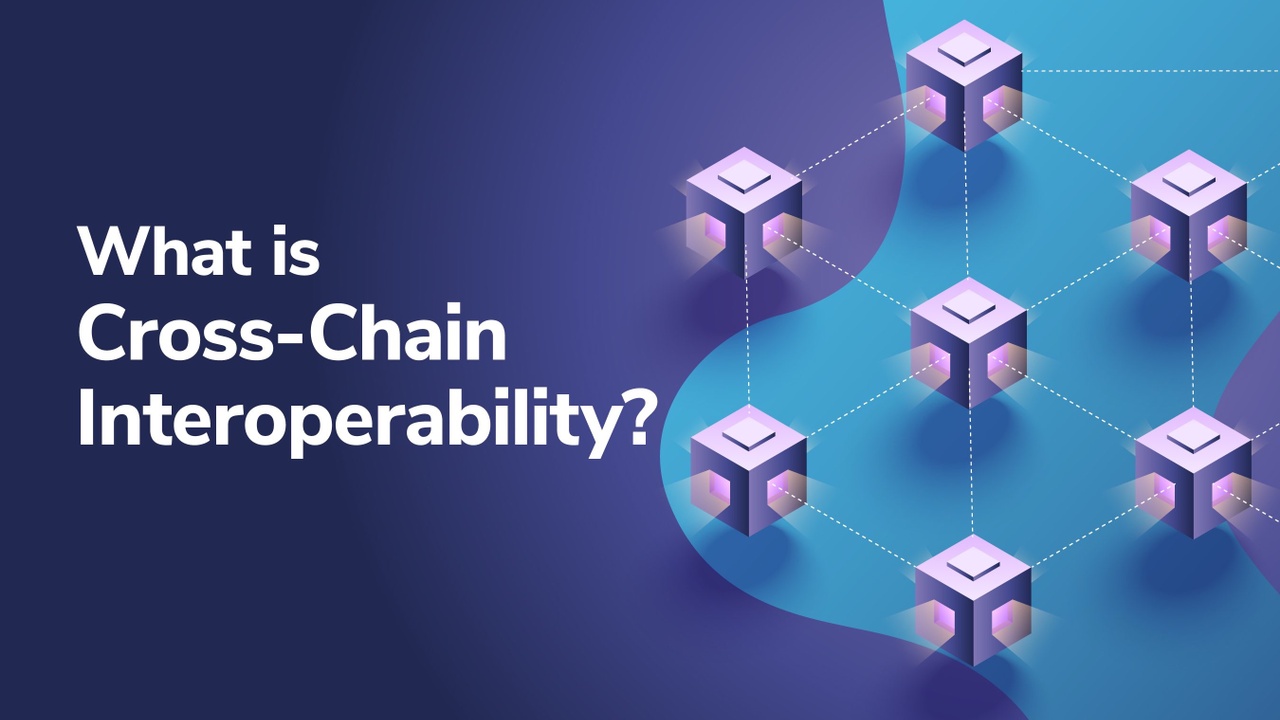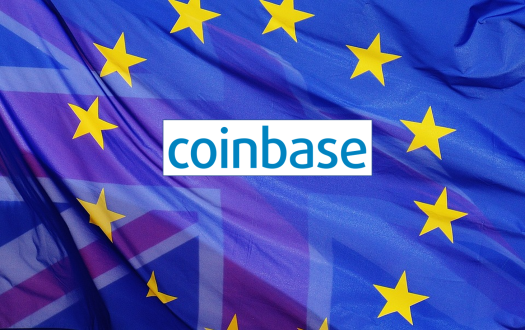
Bitcoin Layer 2 Solutions Future Development Complete 2025 Guide to Scaling Bitcoin
Bitcoin layer 2 solutions future development represents one of the most critical technological frontiers in blockchain innovation. As Bitcoin continues to face scalability challenges with its base layer processing only seven transactions per second, the development of sophisticated layer 2 solutions has become paramount for mainstream adoption.
These scaling solutions are not merely technical improvements but revolutionary approaches that could transform how we interact with Bitcoin, enabling instant payments, smart contracts, and decentralized applications while maintaining the security and decentralization that Bitcoin is renowned for.
The future development of these technologies promises to unlock Bitcoin’s full potential as a global financial system, making it accessible to billions of users worldwide while preserving its core values of trustlessness and censorship resistance.
Understanding Bitcoin’s Scaling Challenges and Layer 2 Innovation
Bitcoin’s blockchain architecture, while revolutionary for its security and decentralization, inherently faces throughput limitations that have sparked intense innovation in layer 2 technologies. The base layer’s conservative approach to block size and transaction processing, though crucial for maintaining network security, creates bottlenecks that traditional payment systems easily surpass.
Layer 2 solutions emerged as the most promising approach to address these limitations without compromising Bitcoin’s fundamental properties. These solutions operate by conducting transactions off the main blockchain while still leveraging Bitcoin’s security guarantees through various anchoring mechanisms.
The evolution of these scaling solutions represents a fascinating intersection of cryptographic innovation, economic incentives, and user experience design. Early implementations focused primarily on payment channels, but recent developments have expanded into sophisticated financial instruments and programmable money applications.
The Technical Foundation of Bitcoin Layer 2 Architecture
Modern layer 2 solutions build upon several key technological innovations that enable secure off-chain transaction processing. Payment channels form the foundation, allowing two parties to establish a blockchain-secured agreement that enables unlimited transactions between them without requiring on-chain settlement for each payment.
Multi-signature wallets and time-locked contracts provide the cryptographic security necessary to ensure that funds remain safe even when transactions occur off-chain. These mechanisms create trustless environments where participants can interact without relying on third-party intermediaries.
State channels extend this concept beyond simple payments, enabling complex smart contract interactions that can be settled periodically on the main blockchain. This approach dramatically reduces transaction costs while maintaining the security properties that make Bitcoin attractive to institutions and individual users alike.
Current State of Bitcoin Layer 2 Solutions Future Development

Lightning Network Evolution and Advanced Features
The Lightning Network continues to dominate discussions about bitcoin layer 2 solutions future development, with significant upgrades planned for 2025 and beyond. Recent protocol improvements have focused on enhancing routing efficiency, reducing channel management complexity, and improving user experience for non-technical adopters.
Taproot integration has enabled more sophisticated channel constructions, allowing for enhanced privacy and reduced on-chain footprints. These improvements make Lightning transactions indistinguishable from regular Bitcoin transactions on the blockchain, providing enhanced privacy for users while reducing blockchain bloat.
The development of atomic multi-path payments has solved many routing challenges that previously limited Lightning Network efficiency. Users can now send larger payments through multiple smaller channels, dramatically improving success rates and reducing payment failures that frustrated early adopters.
Watchtower services have matured significantly, providing security guarantees for users who cannot monitor their channels continuously. These services ensure that malicious channel counterparts cannot steal funds even if users remain offline for extended periods.
Emerging Layer 2 Technologies Beyond Lightning
While Lightning Network captures significant attention, numerous other layer 2 approaches are advancing rapidly. Rollup technologies, originally developed for Ethereum, are being adapted for Bitcoin through various implementation strategies that leverage Bitcoin’s scripting capabilities.
Ark protocol represents an innovative approach that combines the benefits of payment pools with enhanced privacy features. This technology enables users to share UTXO ownership while maintaining individual control over their funds, potentially reducing on-chain footprint by orders of magnitude.
RGB protocol development continues advancing smart contract capabilities on Bitcoin by utilizing client-side validation techniques. This approach enables complex programmable money applications while keeping the Bitcoin blockchain focused on its core monetary functions.
Liquid Network, while technically a sidechain rather than a true layer 2, continues evolving with enhanced interoperability features and institutional-grade confidential transactions that appeal to financial services companies.
Technical Innovations Driving Bitcoin Layer 2 Solutions Future Development
Advanced Cryptographic Techniques
Zero-knowledge proof integration represents a frontier area in bitcoin layer 2 solutions future development, enabling enhanced privacy and scalability simultaneously. These cryptographic techniques allow users to prove transaction validity without revealing sensitive information, opening possibilities for private payment channels and confidential smart contracts.
Schnorr signatures, activated through the Taproot upgrade, enable more efficient multi-signature constructions that reduce transaction sizes and improve privacy. These improvements particularly benefit layer 2 solutions that rely heavily on multi-party constructions and complex spending conditions.
Adaptor signatures provide powerful conditional payment mechanisms that enable atomic swaps and more sophisticated financial contracts. These cryptographic primitives allow layer 2 solutions to implement features previously requiring trusted intermediaries or complex on-chain scripts.
Channel Factory and Pool Innovations
Channel factories represent a significant advancement in layer 2 efficiency, allowing multiple users to share the on-chain cost of channel creation while maintaining individual control over their funds. This approach dramatically reduces the per-user cost of Lightning Network participation, making microtransactions economically viable.
Payment pools extend this concept further by enabling shared UTXO ownership among multiple participants while preserving individual spending authority. This innovation could reduce Bitcoin’s UTXO set growth while maintaining the network’s permissionless nature.
Eltoo protocol development promises to simplify channel state management by eliminating the need for penalty mechanisms in payment channels. This improvement could significantly reduce the complexity of Lightning Network implementations while improving security for average users.
Industry Applications and Use Cases
Financial Services Integration
Traditional financial institutions are increasingly exploring bitcoin layer 2 solutions future development in cross-border payments, remittances, and treasury management. Layer 2 solutions provide the transaction throughput and cost efficiency that institutional applications require while maintaining Bitcoin’s settlement assurances.
Central bank digital currencies (CBDCs) built on Bitcoin layer 2 infrastructure represent a potential convergence point between traditional monetary systems and cryptocurrency innovation. Several central banks are researching this approach as a way to modernize payment systems while leveraging Bitcoin’s proven security model.
Decentralized finance (DeFi) applications on Bitcoin layer 2 solutions are expanding beyond simple payments into lending, derivatives, and asset management. These applications benefit from Bitcoin’s liquidity and security while accessing the programmability that sophisticated financial products require.
E-commerce and Micropayments
Online commerce integration continues advancing as layer 2 solutions mature. Instant settlement capabilities and minimal transaction fees make Bitcoin increasingly attractive for digital goods, subscription services, and micropayment applications that were previously economically unfeasible.
Content monetization platforms are leveraging layer 2 solutions to enable new economic models for creators and consumers. These applications allow for granular payment structures that can compensate creators for individual article views, song streams, or video watches without prohibitive transaction costs.
Gaming and virtual world applications represent enormous growth potential for layer 2 solutions. In-game economies, virtual asset trading, and play-to-earn models become practical when transaction costs approach zero and settlement times are nearly instantaneous.
Regulatory Landscape and Compliance Considerations
Global Regulatory Developments
Regulatory clarity around bitcoin layer 2 solutions future development continues evolving as governments worldwide grapple with classifying and regulating these technologies. The decentralized nature of many layer 2 solutions presents unique challenges for traditional regulatory frameworks designed for centralized financial services.
Know Your Customer (KYC) and Anti-Money Laundering (AML) compliance present ongoing challenges for layer 2 solution providers, particularly those serving institutional clients. Privacy-preserving technologies must balance user anonymity with regulatory requirements, leading to innovative approaches to selective disclosure and compliance.
Tax implications of layer 2 transactions remain complex, with different jurisdictions taking varying approaches to transaction classification and reporting requirements. These considerations significantly influence the development priorities and feature sets of layer 2 solutions targeting different geographic markets.
Institutional Adoption Drivers
Institutional custody solutions for layer 2 technologies are advancing rapidly, with major custodians developing specialized infrastructure to support Lightning Network channels and other layer 2 constructions. These developments are crucial for enabling institutional participation in the layer 2 ecosystem.
Insurance products covering layer 2 solution risks are emerging, providing institutional investors with risk mitigation tools necessary for large-scale adoption. These products cover various risks, including smart contract bugs, channel counterpart failures, and network disruptions.
Audit and security assessment frameworks for layer 2 solutions are maturing, providing institutions with the due diligence tools necessary to evaluate different technologies and implementations. These frameworks help establish industry standards and best practices that facilitate broader adoption.
Challenges and Limitations in Current Development
Technical Hurdles
Liquidity management remains a significant challenge for many layer 2 solutions, particularly payment channels that require users to lock funds for extended periods. Solutions under development include automated liquidity rebalancing services and more efficient capital allocation algorithms.
User experience complexity continues to hinder mainstream adoption, with many layer 2 solutions requiring technical knowledge that average users lack. Simplified wallet interfaces and automated channel management services are addressing these concerns, but significant work remains.
Network effects present chicken-and-egg problems for many layer 2 solutions, where usefulness depends on widespread adoption, but adoption requires existing utility. Successful solutions are addressing this through strategic partnerships and incentive programs that bootstrap network participation.
Security and Trust Considerations
Smart contract risk in more complex layer 2 solutions introduces new attack vectors that don’t exist in simple Bitcoin transactions. Formal verification techniques and extensive testing protocols are becoming standard practices for addressing these risks.
Channel counterpart risk in payment channel solutions requires users to carefully select partners or rely on third-party services. Reputation systems and automated partner selection algorithms are being developed to address these concerns.
Watchtower reliability presents security challenges for users who cannot monitor their channels continuously. Decentralized watchtower networks and economic incentive structures are being developed to ensure reliable protection services.
Future Roadmap and Development Priorities
Short term Developments (2025-2026)
User experience improvements represent the highest priority for most bitcoin layer 2 solutions future development efforts. Wallet integration, automated channel management, and simplified onboarding processes are receiving significant development resources across multiple projects.
Interoperability between different layer 2 solutions is advancing through standardized protocols and cross-chain bridge technologies. These developments enable users to move value seamlessly between different scaling solutions based on their specific needs.
Mobile optimization continues receiving attention as smartphone adoption drives cryptocurrency usage in developing markets. Low-power consumption algorithms and simplified security models are enabling layer 2 solutions to function effectively on resource-constrained devices.
Medium-term Innovations (2026-2028)
Privacy enhancements through zero-knowledge proof integration promise to make layer 2 transactions completely confidential while maintaining auditability for compliance purposes. These features could significantly expand the addressable market for Bitcoin-based financial services.
Programmable money capabilities are expanding beyond simple payment channels into sophisticated financial instruments, including loans, derivatives, and insurance products. These developments position Bitcoin layer 2 solutions to compete directly with traditional financial services.
Cross-chain integration with other blockchain networks is advancing through various bridge technologies and interoperability protocols. These developments could position Bitcoin layer 2 solutions as universal settlement layers for the broader cryptocurrency ecosystem.
Long term Vision (2028+)
Quantum resistance preparations are beginning as post-quantum cryptographic techniques mature. Layer 2 solutions are positioned to adopt these technologies more rapidly than the conservative Bitcoin base layer, providing enhanced security against future quantum computing threats. Artificial intelligence integration could optimize routing, liquidity management, and fraud detection in ways that dramatically improve user experience and security.
These developments could make layer 2 solutions completely transparent to end users while maintaining sophisticated backend optimization. Global settlement network emergence could position Bitcoin layer 2 solutions as the backbone for international commerce, replacing correspondent banking networks with more efficient and accessible alternatives.
Investment and Market Opportunities

Venture capital investment in bitcoin layer 2 solutions future development continues accelerating, with institutional investors recognizing the enormous market potential. Infrastructure companies, wallet providers, and application developers are all attracting significant funding for layer 2-focused projects.
Token economics around layer 2 solutions present new investment opportunities, though regulatory uncertainty continues affecting market development. Various models are being explored for aligning economic incentives between users, validators, and service providers.
Enterprise service opportunities are expanding as businesses seek to integrate layer 2 solutions into existing operations. Payment processors, financial services companies, and technology providers are developing specialized offerings for different market segments.
Also Read: Bitcoin Futures vs Traditional Commodities Complete Trading Guide 2025
Conclusion
The bitcoin layer 2 solutions future development landscape represents one of the most exciting technological frontiers in cryptocurrency, promising to transform Bitcoin from a digital store of value into a comprehensive global financial system. As these solutions mature and integrate into existing financial infrastructure, they will enable use cases previously impossible on Bitcoin’s base layer while maintaining the security and decentralization that make Bitcoin unique.
The convergence of improved user experience, institutional adoption, and regulatory clarity creates an unprecedented opportunity for Bitcoin layer 2 solutions to capture significant market share in global payments, remittances, and financial services. Early adopters and developers working in this space are positioning themselves at the forefront of a technological revolution that could reshape global commerce.
For investors, developers, and businesses considering involvement in bitcoin layer 2 solutions future development, the time to engage is now. The technological foundations are solidifying, the market opportunity is expanding, and the regulatory environment is clarifying. Those who understand and leverage these developments will be well-positioned to benefit from Bitcoin’s evolution into the backbone of the global digital economy.







